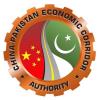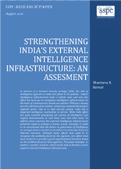Sir Creek Resolution and Neemrana Dialogue
In April 2018, after a long hiatus, the Neemrana Dialogue was resumed. It is the longest running Track-II initiative between India and Pakistan and the first engagement between the two sides under this initiative was held nearly three decades ago in 1991-92. At the military level, the first ever high-level contact group from Pakistan headed by Lieutenant General Aamir Riaz visited India, and the Indian military attaché in Islamabad and his team was invited to attend the Pakistan Day military parade.







